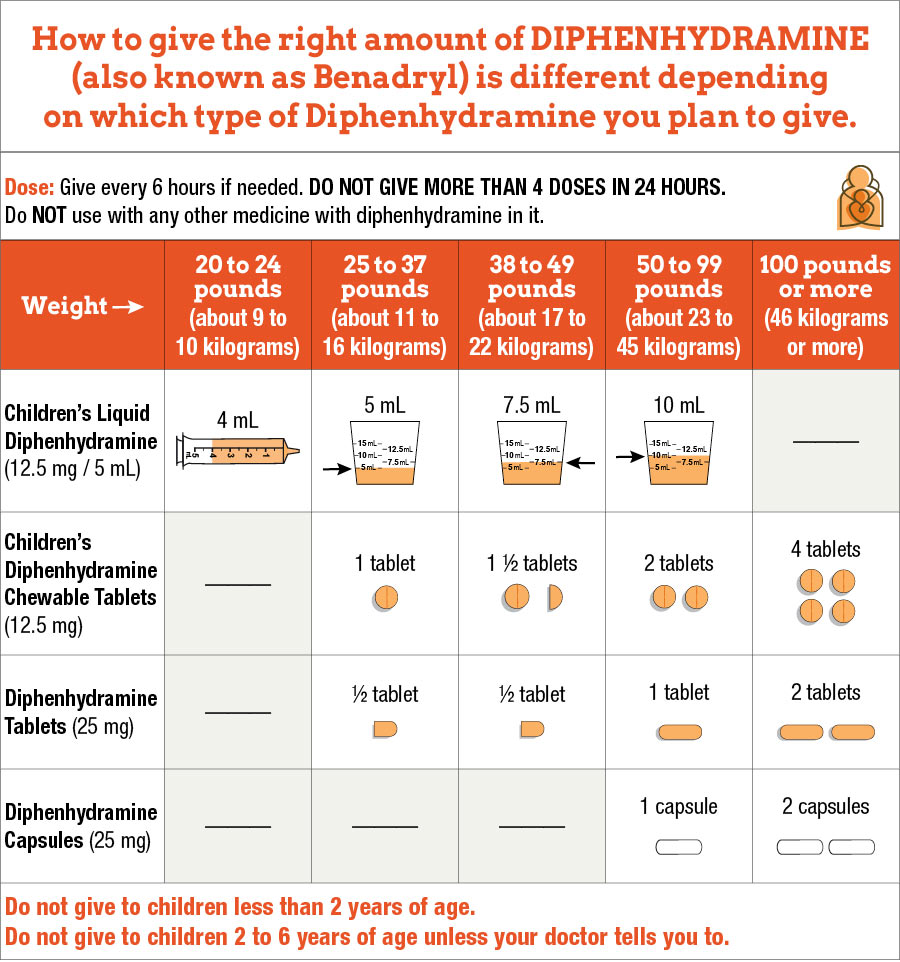Resources

Medication
Dosages
Over the counter medications
The term ‘over-the-counter’ means that you can purchase these even without a doctor’s prescription. These medications are vital when caring for your sick child, but they must be used wisely and correctly.
Important Instructions
- Always read and follow the label instructions.
- Whenever possible, use the dosing device that came with the product. Syringes and droppers are more accurate than teaspoons.
- If you use a teaspoon, it should be a measuring spoon. Regular spoons are not reliable.
If your child has a fever or is in pain, you can use acetaminophen for 2 months and older or ibuprofen for 6 months and older. The dosage is based on the concentration of the medication and the weight of your child.
You can find the concentration of the medication written on the box and bottle.
If your child is less than 2 month- old and has a temperature (under arm thermometer – do not use rectal thermometer) >100, call the office right away before giving any medications.
Make sure you know the concentration and appropriate dosage of the medication before giving it to your child.

Abbreviations: mg = milligrams, ml = milliliter, tsp = teaspoon, lbs = pounds
- Repeat dose every 4-6 hours while symptoms last.
- Do not give more than 5 doses in 24 hours.
- Do not use with any other product containing acetaminophen.
Suppositories: Acetaminophen is also available as a rectal suppository in 120-mg, 325-mg, and 650-mg dosages. Suppositories are useful if a child with a fever is vomiting often or having seizures caused by the fever. Use the same dose as listed above for the suppository. Most suppositories can be cut (for example, cut
in half) to supply the right dose for your child’s age. If your child is sick enough to warrant the use of a suppository, call the office right away.
Source: HealthyChildren.org

Abbreviations: mg = milligrams, ml = milliliter, tsp = teaspoon, lbs = pounds
- Not for use with children under 6 months of age.
- Repeat dose every 6-8 hours as needed.
- Do not give more than 3 doses in 24 hours.
Avoid Aspirin: Children (through age 21 years) should not take aspirin if they have chickenpox or influenza (any cold, cough, or sore throat symptoms). This recommendation is based on several studies that have linked aspirin to Reye’s
syndrome, a severe encephalitis-like illness. Most pediatricians have stopped using aspirin for fevers associated with any illness.
Source: HealthyChildren.org

Abbreviations: mg = milligrams, ml = milliliter, tsp = teaspoon, lbs = pounds
- Benadryl is generally used for a hive like rash or itching and for allergic reactions. Not every rash requires Benadyl.
- Not for use with children under 1 year of age, unless instructed by healthcare provider.
- Non-sedating alternatives (eg, loratadine, cetirizine, fexofenadine otherwise known as allegra, Claritin, Zyrtec) are available over-the-counter and are safer for young children.
- Repeat dose every 6 hours as needed.
Children’s Benadryl Fastmelts: Each fastmelt tablet contains the equivalent of 12.5 mg of Diphenhydramine HCL, dosed the same as chewable tablets.
Risk of side effects: May cause drowsiness and paradoxical excitatory. Use caution when driving or operating heavy machinery after dosing due to potential for sedation and decreased alertness. This is especially relevant for teen drivers.
Source: HealthyChildren.org